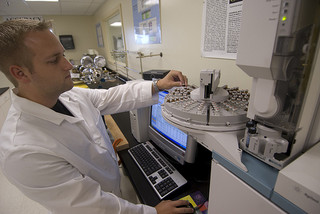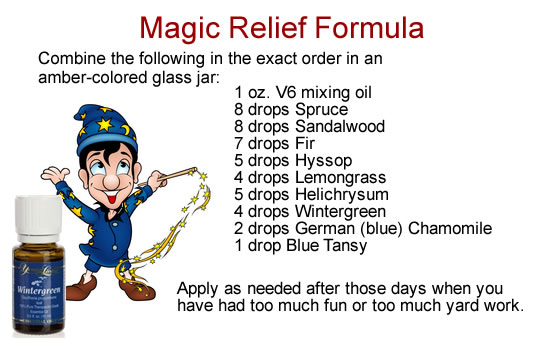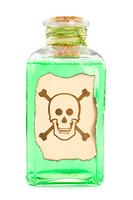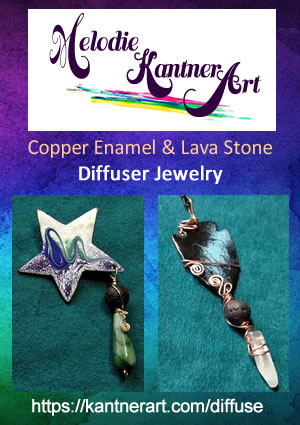Commitment to Quality, Purity Potency
More than two decades ago, Gary Young traveled throughout North America, Europe, North Africa, and the Middle East to find optimal conditions for distilling the world’s finest essential oils. Today, Young Living owns and operates three farms in Idaho, Utah, and France. The Young Living Lavender Farm in Utah is one of the largest essential oil distilleries in North America and our essential oils are purchased by customers in over twenty-five different countries.
Young Living’s line of genuine authentic grade essential oils and unique essential oil blends are sourced from the world’s finest plants.
 A low-pressure and low-temperature steam distillation process is the only way to preserve the beneficial properties of the oils. This process is far superior to the inexpensive, high-pressure, high-temperature practice commonly used to distill essential oils in other companies.
A low-pressure and low-temperature steam distillation process is the only way to preserve the beneficial properties of the oils. This process is far superior to the inexpensive, high-pressure, high-temperature practice commonly used to distill essential oils in other companies.
Customizing the distillation of each plant species maximizes the benefits of the essential oil. Proper placement and compression of the herbs in the cooking chambers, as well as the correct application of steam to plant material, helps safeguard essential oil purity; high-grade, non-ferrous stainless steel chambers are used to prevent chemical reactions of the oils and metal.
Young Living farms grow over fifteen different types of herbs and source a variety of other oils from reputable essential oil suppliers. Young Living is committed to sourcing oils from other companies that adhere to strict quality specifications and personally inspect the facilities and use state-of-the-art chemical analyses to examine each batch of essential oil. Essential oils can go through as many as five different levels of analyses before they are released.
Did you know it takes 12,500 liters of lavender stems and flowers to produce 4 to 5 gallons of essential oil, and as many as 5,000 rose petals to make a 5 ml bottle of rose essential oil? Essential oils are the most easily and widely adulterated of all natural products, and when consumers use synthetic oils, they may experience a number of unpleasant side effects. Less expensive, similarly scented oils are often substituted, mislabeled, and sold by, competing brands. While the aromas of these substitutes closely match, their chemistry and properties are very different.
James Kababick, director of one of the largest independent labs for chemical analyses of essential oils, collected samples from Young Living’s Utah distillery and concluded: “Young Living has united modern steel technology with Old World gentle distilling techniques to create fill- bodied essential oils that are far different from what we normally see.”
Young Living essential oils are not diluted with chemical and synthetic additives and are carefully prepared to maintain plant integrity. This commitment to purity makes Young Living’s essential oils the world’s premium essential oil line.
PRISTINE LAND Untilled land far from pollution of urban centers.
VIRGIN SOIL Fortified soi1 with organic biosolids, enzymes and minerals.
SELECT SEEDS + CAREFUL PLANTING Non-genetically modified (GMO) herb vane ties are nurtured in Young Living’s greenhouse. Once they reach a height of 2″‘ the plants are moved to a “hardening house” so they can better adjust to the outdoor climate, which increases their chance of survival.
ORGANIC WEED + PEST CONTROL No synthetic chemicals, herbicides, or fungicides are used. Instead, Young Living relies on Mother Nature to control insects and a natural blend of essential oils, including pine and cinnamon, for weed control.
MOUNTAIN WATER IRRIGATION All crops are irrigated using pure mountain water generated from snow melt. Water is rich with minerals that provide essential
nutrients to maximize Grit-growth.
PRECISION HARVESTING Fields are harvested at the correct time of year and even the proper time of day to optimize oil quality. The percentage of the plant in bloom, the amount of dew on the leaves, and even the amount of rainfall immediately before the harvest can have a direct impact on oil quality.
 Time to put Valor Oil and EFT to the test. All I can say is WOW! I used Valor along with two EFT audio sessions I had bought from Brad Yates quite some time ago. I had bought several of Brad’s eTappings for abundance but I bought the dentist tapping sessions because I knew I had a fear of the dentist and I knew I would someday be thankful I did. I saved the EFT audio sessions and never used them until this week.
Time to put Valor Oil and EFT to the test. All I can say is WOW! I used Valor along with two EFT audio sessions I had bought from Brad Yates quite some time ago. I had bought several of Brad’s eTappings for abundance but I bought the dentist tapping sessions because I knew I had a fear of the dentist and I knew I would someday be thankful I did. I saved the EFT audio sessions and never used them until this week.

 Young Living, the World Leader in Essential Oils, has completed a major upgrade of its state-of-the-art testing and quality control laboratory in Spanish Fork, Utah. The newly expanded lab will further advance the testing methods of Young Living’s genuine authentic grade essential oils and supplemental products.
Young Living, the World Leader in Essential Oils, has completed a major upgrade of its state-of-the-art testing and quality control laboratory in Spanish Fork, Utah. The newly expanded lab will further advance the testing methods of Young Living’s genuine authentic grade essential oils and supplemental products. microbiologists with decades of experience in the pharmaceutical and nutraceutical fields. The lab is an integral part of Young Living’s Seed to Seal® process, which ensures that every step of essential oil production is closely controlled—from the seeds sown to harvesting, testing, and bottling.
microbiologists with decades of experience in the pharmaceutical and nutraceutical fields. The lab is an integral part of Young Living’s Seed to Seal® process, which ensures that every step of essential oil production is closely controlled—from the seeds sown to harvesting, testing, and bottling.
 A low-pressure and low-temperature steam distillation process is the only way to preserve the beneficial properties of the oils. This process is far superior to the inexpensive, high-pressure, high-temperature practice commonly used to distill essential oils in other companies.
A low-pressure and low-temperature steam distillation process is the only way to preserve the beneficial properties of the oils. This process is far superior to the inexpensive, high-pressure, high-temperature practice commonly used to distill essential oils in other companies.



